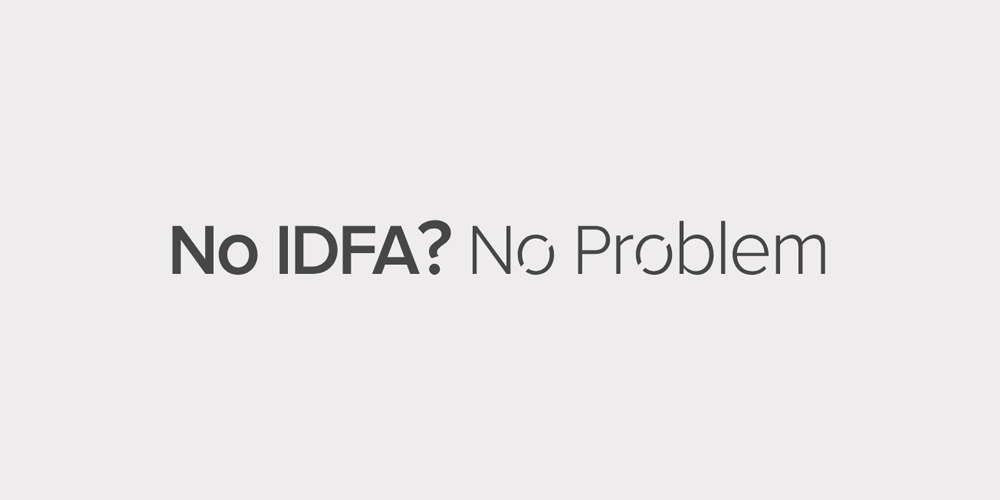
Advertisements are thriving on the web and mobile. Because of that, ads aren't going anywhere.
When there are products to be sold, marketers will be there. And on the web and mobile, marketers can utilize various tools to make sure that their ads can reach the intended audience, at the right time and place.
Using the various tools, marketers can track their ads' intended targets, and follow them wherever they are on the internet.
Apple is the tech giant. The iPhone maker however, has an opposing view about this.
CEO Tim Cook said that technology "does not need vast troves of personal data" to succeed.
And for that, Apple released iOS 14.5, which gives users the choice to opt-out of trackers.
This controversial feature disables one of the widest used tracking identifiers: IDFA.
IDFA stands for Apple's Identifier for Advertisers.
It's a unique random device identifier Apple generates and assigns to every device. It identifier is intended to be used by advertisers to deliver personalized ads and attribute ad interactions for ad retargeting. But starting iOS 14.5, users can opt-out of this IDFA by going to the 'Limit Ad Tracking' setting on their mobile device.
According to a report from Post-IDFA Alliance, a coalition of advertisers, which has members that include AdColony, Fyber, Chartboost, InMobi, Vungle and Singular, iOS 14.5 brings a downward trend in advertising spending on the operating system.
According to collected data from April 26 to May 9, only 36.5% of iOS 14.5 users are opting in into ad tracking.
With that, the cost per thousand impressions (CPM) has declined to range from a 2.4% decrease (Liftoff) to 8.73%, based on AdColony data.
Another member of the Alliance, Singular, said that only 16.8% of users opted in, and about 18.9% of users toggled off 'Allow Apps to Request to Track'.
The rate of opt-in differs between each member, but between the high of 36.5% and the low of 16.8%.

Having less ability in tracking users and maintain high engagement, advertisers are seen fleeing to Android, the operating system backed by Google, that is more flexible and friendly to them.
Advertising spending on Android is said to have increased from anywhere between 8.3% to 21% for these firms. This upward trend is accompanied by a universal decrease in advertising spending on iOS, which is down by about 3%. Ad impression costs are down as well.
Vungle is the only company that reported increased spending on both platform.
Advertisers saw this coming, and they know exactly what to do.
Since Apple said that it wanted to block tracking, the industry has been expecting to see a sudden drop in advertising spending on iOS. Many however, suggested that the drop may be temporary.
The Alliance predicts that impression cost should steadily increase as marketers feel more confident with ad performance despite App Tracking Transparency.
In other words, the Alliance believes that the decline is only in the short term. They expect to see CPM prices to rise again.